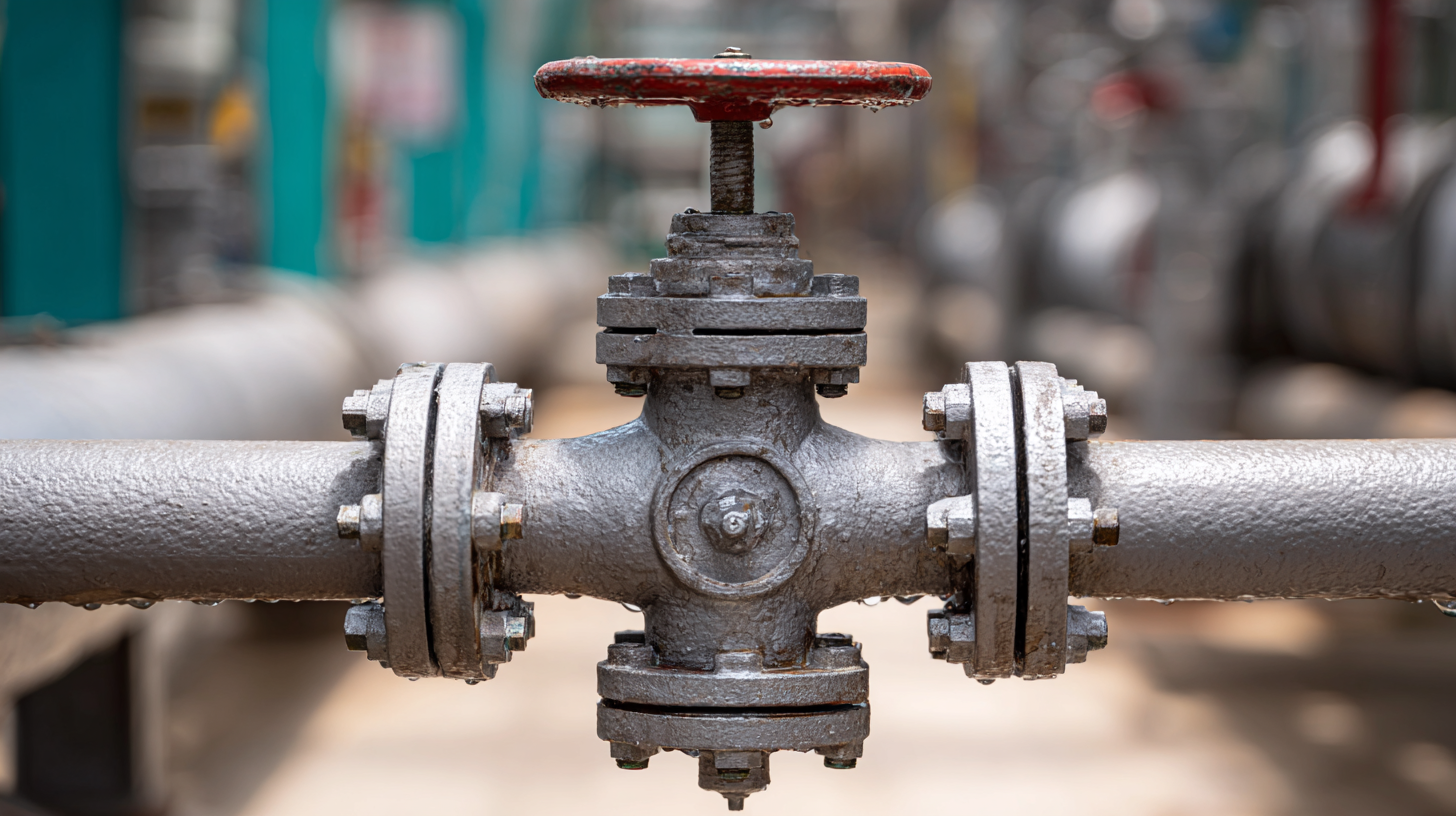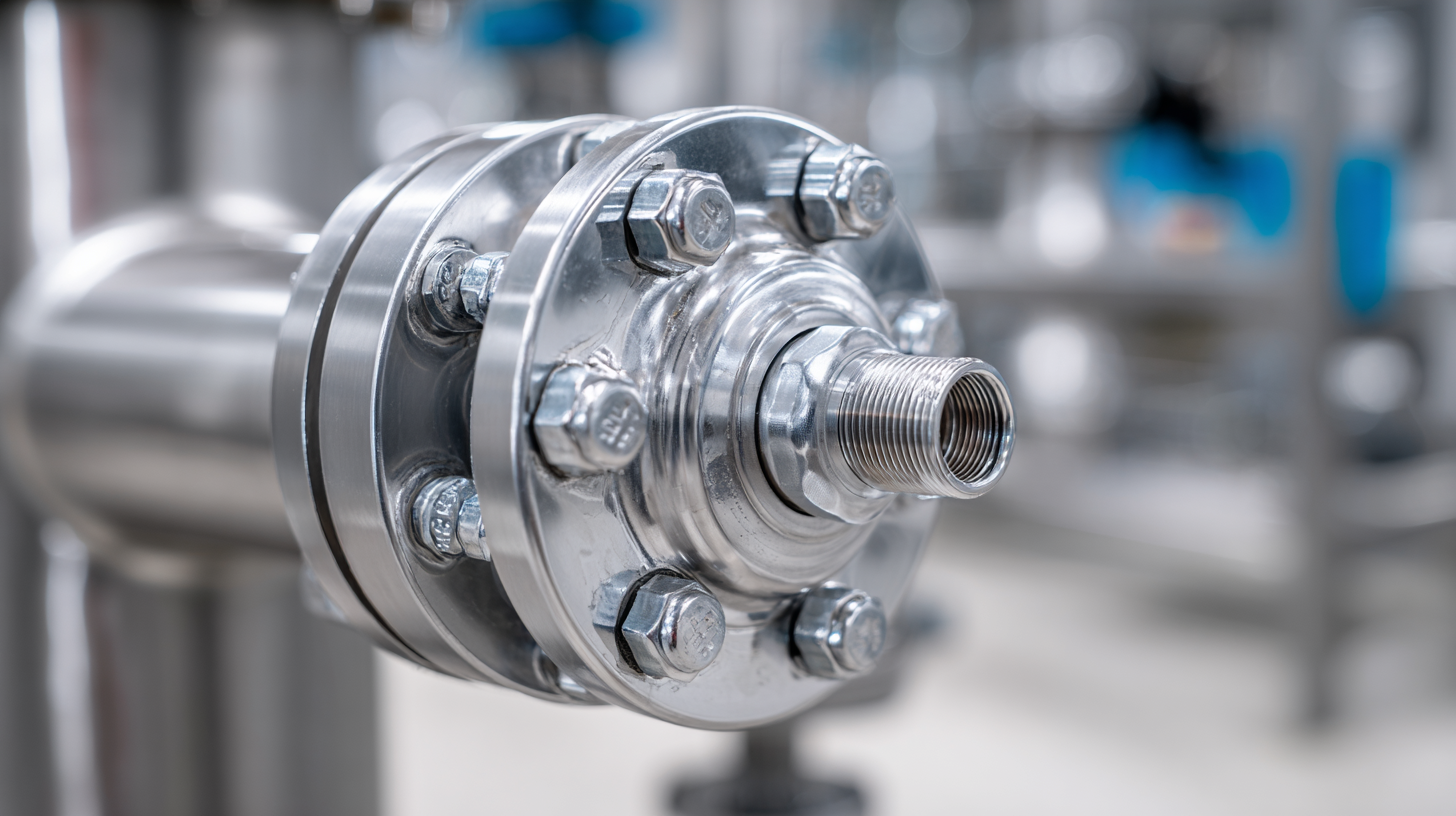
The selection of an appropriate strainer valve is crucial for maintaining the efficiency and longevity of fluid systems across various industries. Industry reports indicate that improper filtering can lead to significant operational costs, with studies showing that robust filtration solutions can reduce maintenance expenses by up to 30%. As industries increasingly prioritize efficiency and reliability, the demand for high-quality strainer valves has surged, resulting in a highly competitive market. This guide aims to illuminate the essential factors to consider when choosing a strainer valve supplier, emphasizing the importance of product quality, reliability, and technological advancements to meet specific operational needs. Understanding these elements can not only enhance performance but also lead to significant savings in the long run.

When selecting a strainer valve, it's crucial to understand its key features and benefits, which significantly impact performance. Strainer valves are designed to filter out debris and impurities from fluids, ensuring the efficient operation of pipelines and equipment. According to a report from the Fluid Control Institute, improper filtration can cause up to 30% of equipment failures, leading to costly downtime in industrial operations. Therefore, choosing a strainer valve with a reliable filtration mechanism is paramount for optimal performance.
One key feature to consider is the material of the strainer element. Stainless steel, for example, is favored for its corrosion resistance and durability, making it suitable for harsh environments. Additionally, the flow rate and the mesh size of the strainer greatly influence its effectiveness. Research indicates that a mesh size that balances filtration efficiency with flow rate is essential; a too-fine mesh can restrict flow, whereas a too-coarse mesh may allow particles to pass through. Industry experts recommend a mesh size tailored to the specific application, as even minor impurities can lead to significant operational issues if left unchecked.
The global market for strainer valves is experiencing significant growth, driven by the rising demand for high-quality equipment across various industries. As companies seek to enhance operational efficiency and maintain stringent quality standards, the importance of strainer valves cannot be overstated. Their role in filtering out contaminants ensures the smooth functioning of systems, which is paramount for manufacturers aiming to uphold their productivity and safety metrics.
Market trends indicate a shift towards more robust, innovative strainer valve designs that cater to specific industry needs, from water treatment to chemical processing. With the industrial valve market projected to reach new heights in the coming years, manufacturers are investing heavily in research and development. This focus on quality and performance reflects the evolving demands of end-users who prioritize reliability and longevity in their equipment. As the landscape of industrial needs progresses, it is crucial for stakeholders to stay informed about technological advancements and shifting market dynamics to make well-informed purchasing decisions.
When selecting a strainer valve, understanding the different types available is crucial for ensuring optimal performance in your system. Generally, strainer valves can be divided into three main categories: Y-type strainers, basket strainers, and accordion strainers. Y-type strainers are ideal for applications where space is limited, as they can be installed in tight areas without compromising efficiency. They are particularly effective for pipeline filtration in both residential and industrial settings.
Basket strainers, on the other hand, offer higher filtration capacity and are best suited for larger systems where debris accumulation is a concern. Their design allows for easy cleaning and maintenance, making them a popular choice in wastewater treatment and process industries. Accordion strainers, with their unique structure, provide a greater surface area for capturing particles while minimizing pressure drop, making them excellent for high-flow applications.
**Tip**: Always consider the specific needs of your application, such as flow rate and the types of contaminants likely to be encountered, when choosing a strainer valve. Additionally, regular maintenance checks can significantly extend the life of your valve, ensuring it operates at peak efficiency.
This chart illustrates the effectiveness of different types of strainer valves based on application suitability and performance ratings.
China has established itself as a critical player in the global strainer valve market, leveraging its robust manufacturing capabilities to meet diverse industrial demands. The efficiency and scale of China's production not only drive competitive pricing but also ensure that high-quality products are readily available worldwide. Chinese manufacturers are increasingly adopting innovative technologies and sustainable practices, positioning themselves to meet the evolving needs of the global economy while addressing environmental concerns.
Amidst this landscape, the commitment to sustainable development has never been more vital. Companies are reimagining their approaches to production, aspiring to fulfill both economic and ecological responsibilities. By prioritizing eco-friendly practices, manufacturers can enhance their reputations and attract clients who are increasingly inclined towards sustainability. The evolution of the strainer valve industry mirrors this broader trend, as suppliers both in China and globally seek to integrate sustainable solutions and technologies in their offerings, thereby contributing to a more resilient and responsible manufacturing ecosystem.

When it comes to selecting the right strainer valve for your needs, understanding the essential criteria and industry standards is crucial. Firstly, consider the material of the valve. Different environments require specific materials that can resist corrosion or withstand high temperatures. For instance, stainless steel is often preferred for its durability and resistance to harsh conditions.

Another important factor is the flow capacity. Choose a strainer valve that can handle the flow rate required for your application. It's vital to check the specifications and ensure that the valve can maintain performance without creating excessive pressure drops.
Tips: Always consult industry standards relevant to your specific application. This can include guidelines related to pressure ratings, temperature limits, and compatibility with various fluids. Additionally, consult with other professionals in the field to gather recommendations on reliable brands or types based on shared experiences. Assessing product certification can also provide insight into quality and safety standards compliance. Making an informed choice will lead to better performance and reduced maintenance costs down the line.
